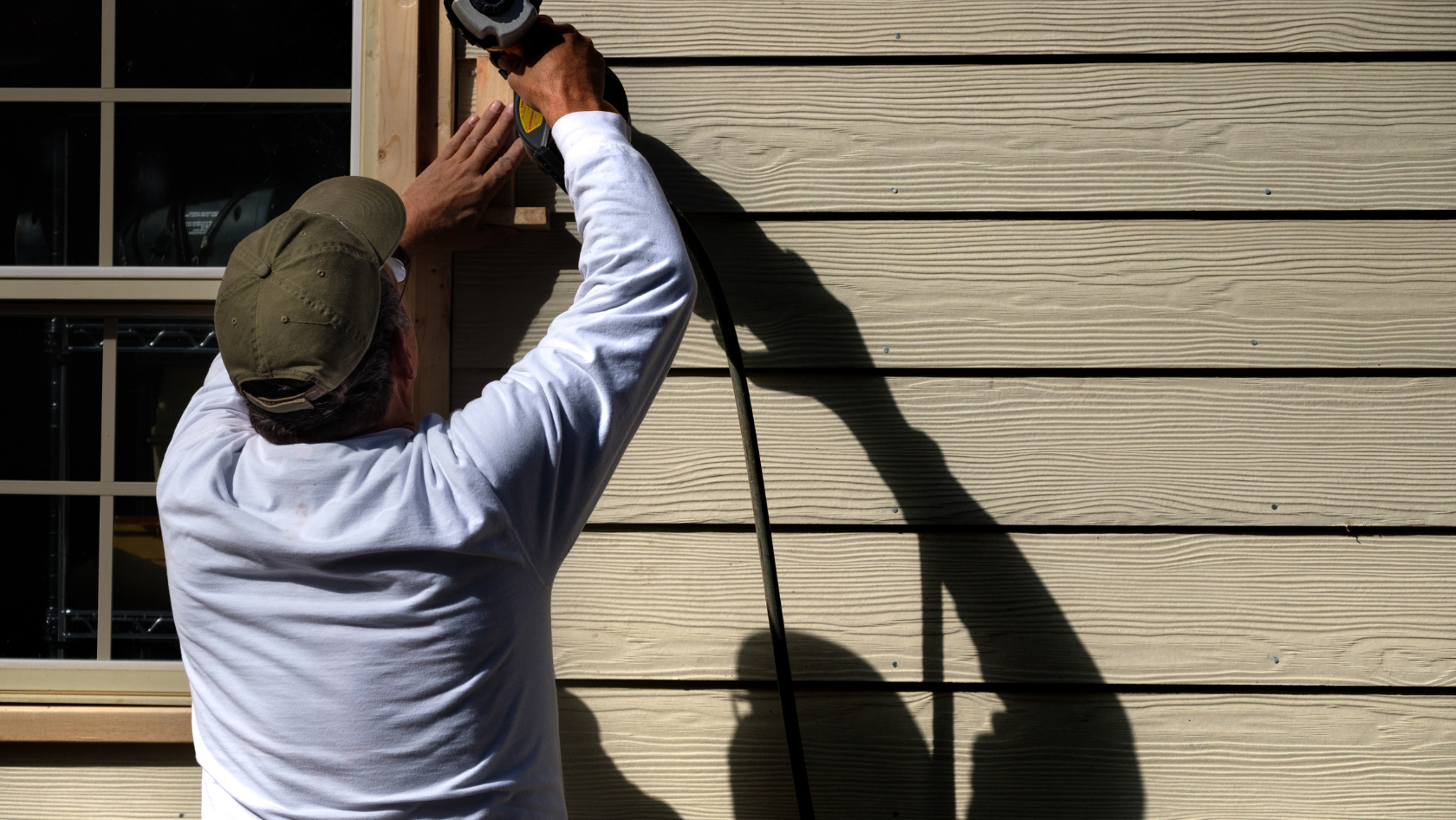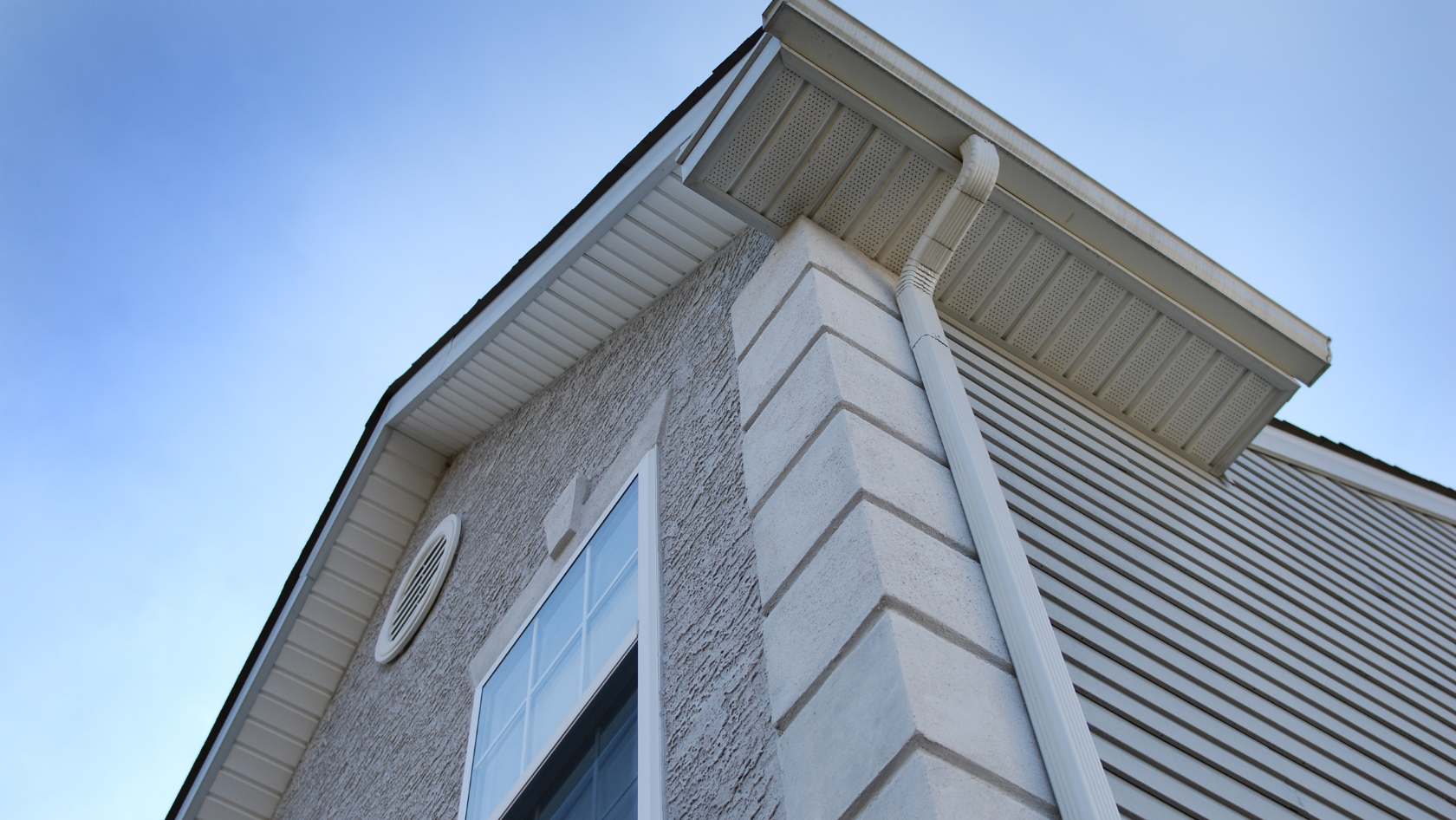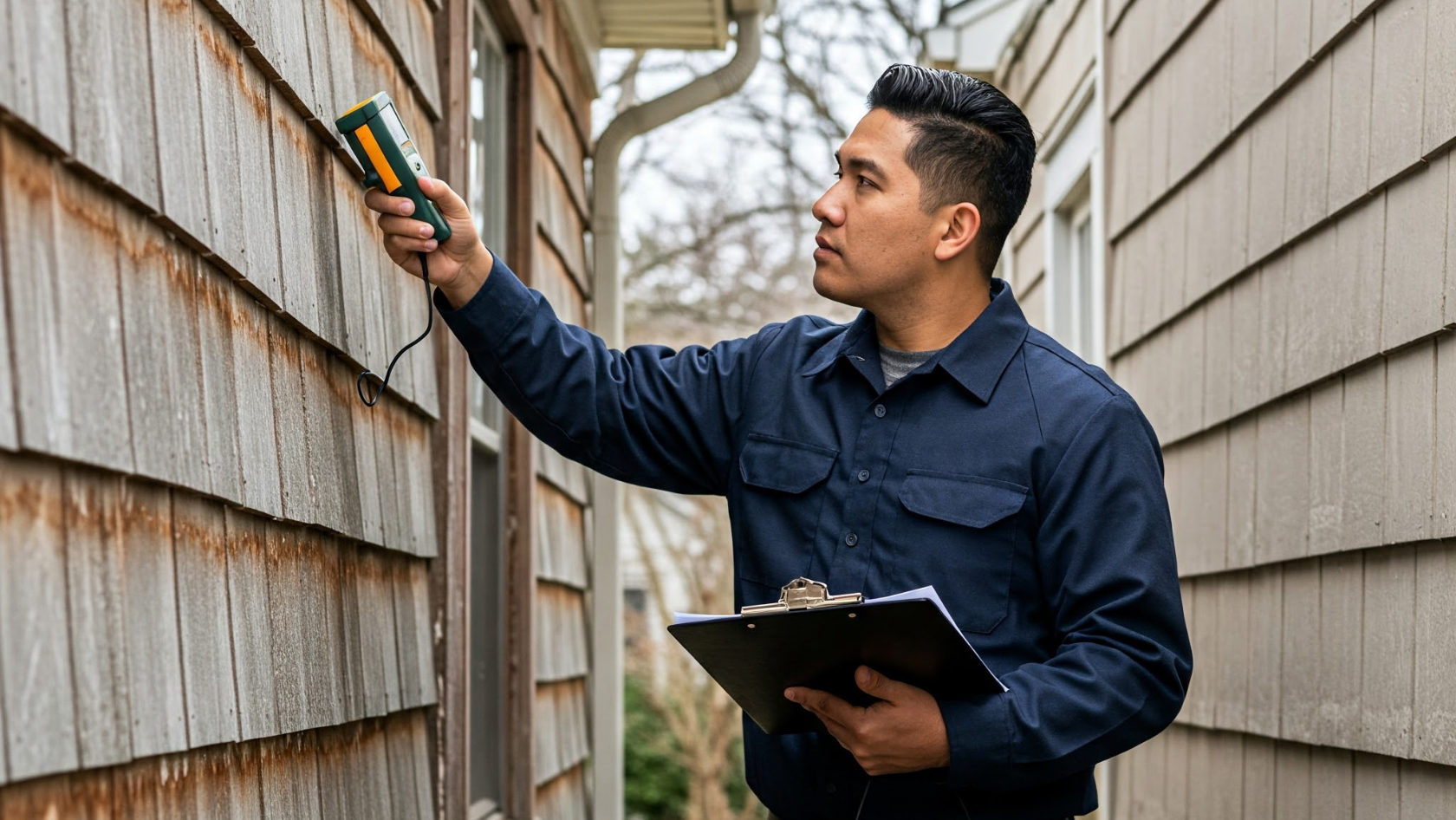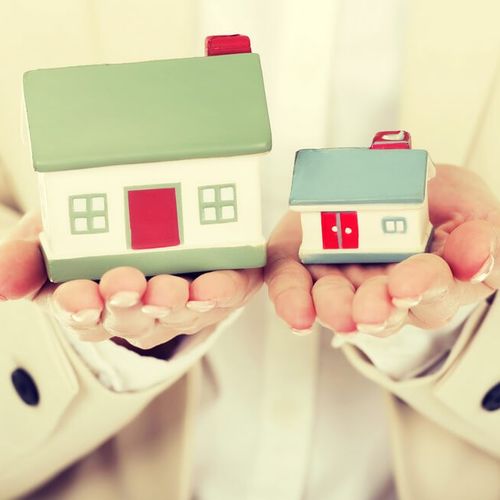Your home’s siding is more than a design choice. It’s the armor that protects your structure from water, heat, and coastal weather. In Staten Island and South Brooklyn, where salt air and wind exposure take their toll, siding problems appear earlier than many homeowners expect.
Here’s how to tell when your siding is at the end of its life and why catching it early can save you thousands.
Clear Signs of Failing Siding
Warping or buckling panels – a sign of moisture trapped behind the surface.
Cracked or brittle vinyl that breaks when pressed or nailed.
Peeling paint or swelling in wood siding, often from long-term water exposure.
Gaps at seams or around windows, letting air and pests in.
Soft spots near the base of the siding where moisture accumulates.
Fungal or green staining, especially along shaded sides or foundations.
Why It Happens Here
Staten Island and Brooklyn have older housing stock and coastal conditions that accelerate wear. Salt, humidity, and freeze-thaw cycles break down protective coatings, especially on wood and aluminum siding. Many post-war homes still carry layers of outdated siding that hide older damage underneath.
What To Do Next
Walk the perimeter after heavy rain and check for new warps or stains.
Tap lower panels - soft or hollow sounds usually mean rot behind them.
If 15–20% of your siding is damaged, replacement is usually more cost-effective than patching.
Ask your contractor about house wrap and drainage plane improvements when re-siding.
Spotting exterior damage early prevents insulation rot, mold intrusion, and ballooning repair costs and it preserves your curb appeal for resale.
—
Joseph Ranola | Five-Star Staten Island & South Brooklyn Realtor® (30 + Google reviews)
Associate Broker · Matias Real Estate | Founder · Bridge & Boro Team
Serving 103xx and 11209 / 11214 / 11228 | $25 M + closed volume
📞 917-716-1496 | ranolarealestate.com





